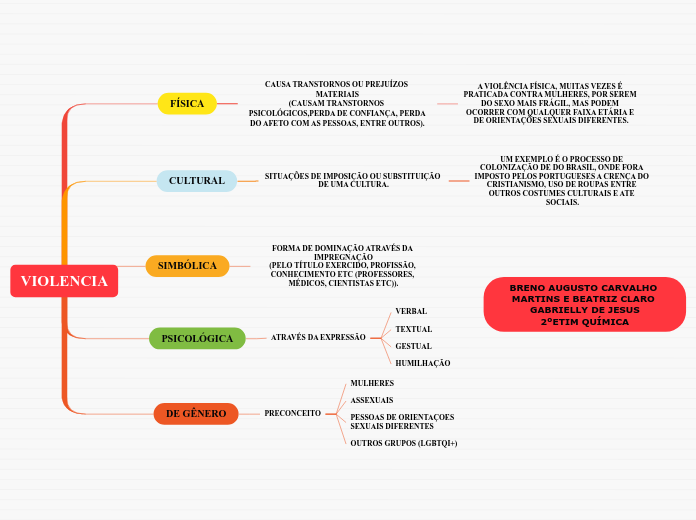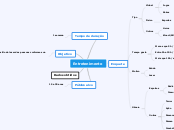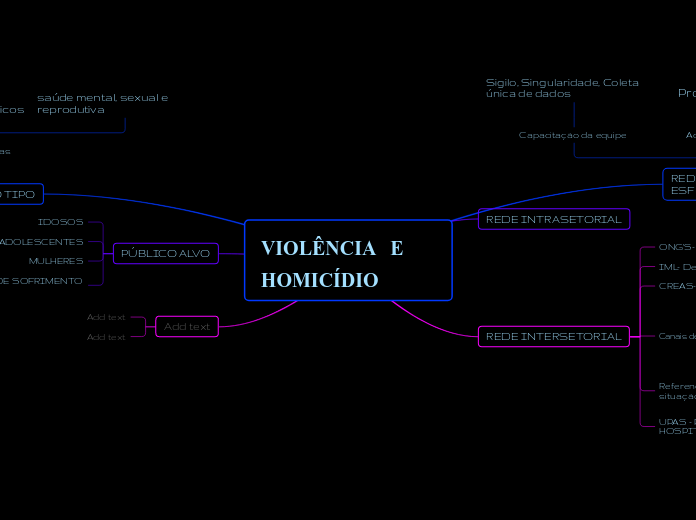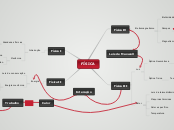BRENO AUGUSTO CARVALHO MARTINS E BEATRIZ CLARO GABRIELLY DE JESUS
2ºETIM QUÍMICA
VIOLENCIA
To name your story, you have to think about the overall message and what you want your audience to understand from the story. Also, make it relevant and easy to remember.
DE GÊNERO
The ending of a story is essential. We all know that if the ending is weak, what happened before loses its importance. So make it unpredictable, but fair. A resolved ending answers all the questions and ties up any loose threads from the plot.
PRECONCEITO
This is the closure section of the story.
See examples of possible outcomes below:
- all problems have been solved
- it's clear how each one of your characters ends up
- your main character is transformed by the challenge
OUTROS GRUPOS (LGBTQI+)
PESSOAS DE ORIENTAÇOES
SEXUAIS DIFERENTES
ASSEXUAIS
Try answering these questions in order for you to come up with a closure:
- Have all problems been solved?
- Is it clear what happens with all your characters in the story?
- Has the challenged transformed your main character?
- How do the characters feel in the end?
MULHERES
Try answering these questions to come up with a closure:
- Have all the problems been solved?
- Is there a clear picture of what happens with each character in the story?
- Has the challenge transformed your main character?
- How do the characters feel in the end?
PSICOLÓGICA
The middle of the story is where you add layers of complications that will lead to the end. Reveal more about the character's journey. Did their personality go through changes? How did they overcome the challenges? And as you build up the story’s central conflict, make it more personal to that character. Also, from the middle act, you have to lead into the final act.
ATRAVÉS DA EXPRESSÃO
There wouldn't be any tension and excitement in your story if there weren't any obstacles in your character's way.
HUMILHAÇÃO
GESTUAL
A story is nothing more than a character overcoming a series of difficulties to reach the desired goal. Obstacles usually create suspense and conflict. In overcoming obstacles, there is growth: weak becomes strong; hatred turns into love; sadness into happiness; wrong into right; lies into truth; or evil becomes good.
See a few examples below:
- stopping a meteor
- finding a killer
- finding love
TEXTUAL
VERBAL
SIMBÓLICA
FORMA DE DOMINAÇÃO ATRAVÉS DA IMPREGNAÇÃO
(PELO TÍTULO EXERCIDO, PROFISSÃO, CONHECIMENTO ETC (PROFESSORES, MÉDICOS, CIENTISTAS ETC)).
CULTURAL
SITUAÇÕES DE IMPOSIÇÃO OU SUBSTITUIÇÃO DE UMA CULTURA.
UM EXEMPLO É O PROCESSO DE COLONIZAÇÃO DE DO BRASIL, ONDE FORA IMPOSTO PELOS PORTUGUESES A CRENÇA DO CRISTIANISMO, USO DE ROUPAS ENTRE OUTROS COSTUMES CULTURAIS E ATE SOCIAIS.
FÍSICA
In the beginning of the story (or the exposition), you will need to introduce the setting and characters. You might also want to introduce the main conflict. This part of the story is important because it gives the reader necessary background information and maybe even a first insight into a character’s personality.
CAUSA TRANSTORNOS OU PREJUÍZOS MATERIAIS
(CAUSAM TRANSTORNOS PSICOLÓGICOS,PERDA DE CONFIANÇA, PERDA DO AFETO COM AS PESSOAS, ENTRE OUTROS).
The setting (time & place) of a story can change throughout the plot.
A VIOLÊNCIA FÍSICA, MUITAS VEZES É PRATICADA CONTRA MULHERES, POR SEREM DO SEXO MAIS FRÁGIL, MAS PODEM OCORRER COM QUALQUER FAIXA ETÁRIA E DE ORIENTAÇÕES SEXUAIS DIFERENTES.










